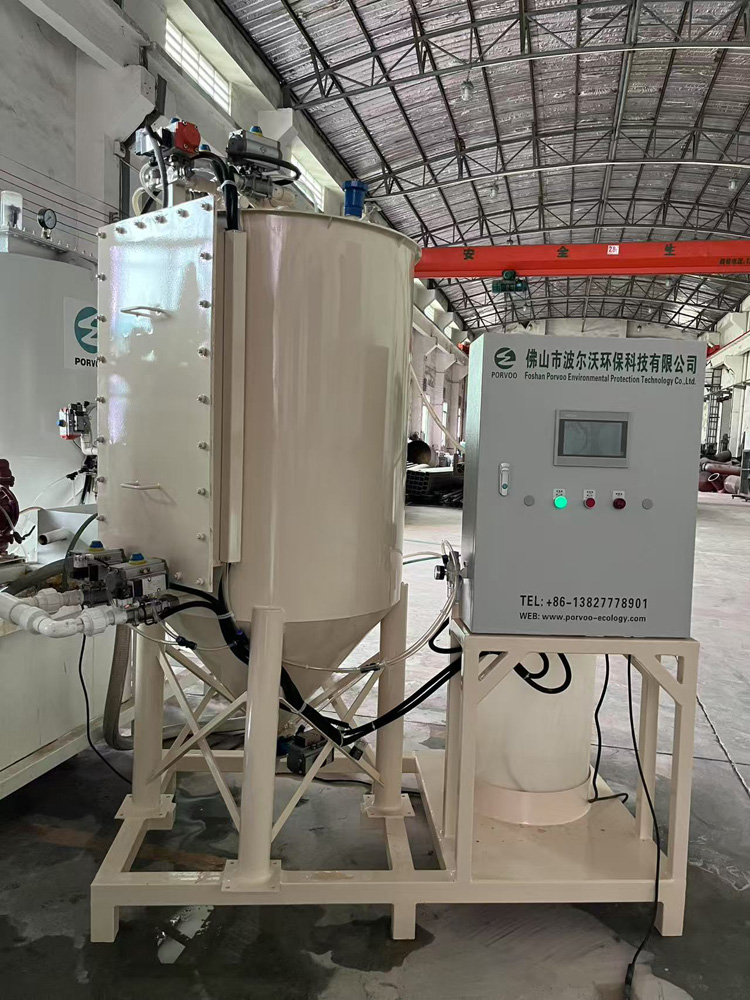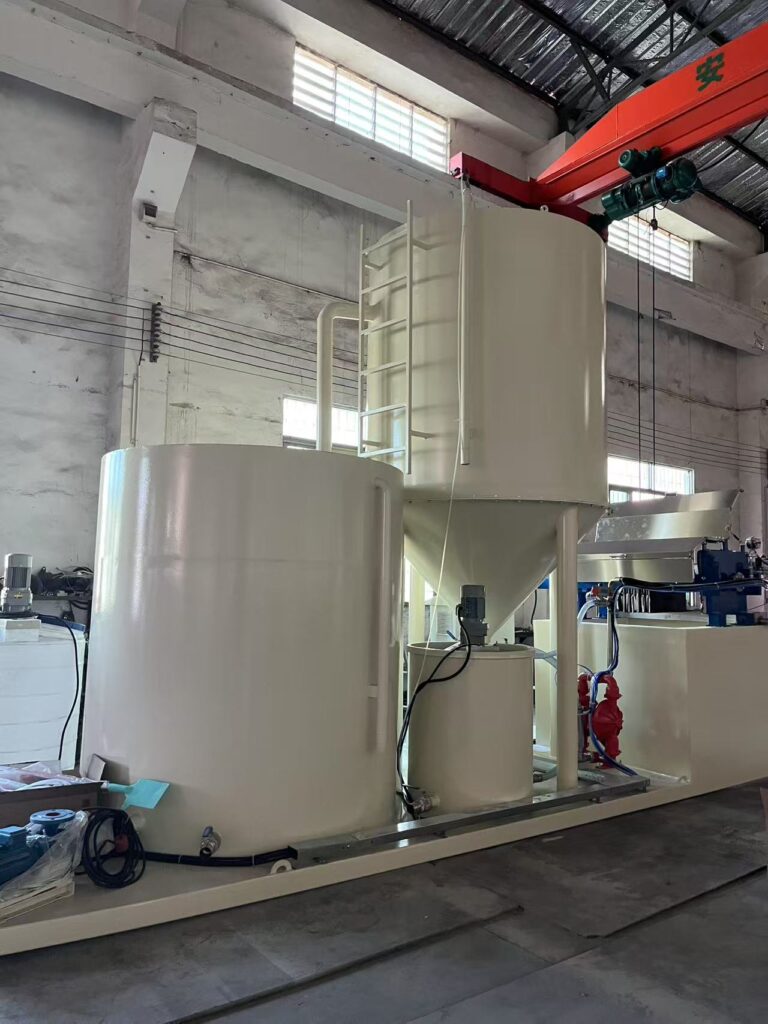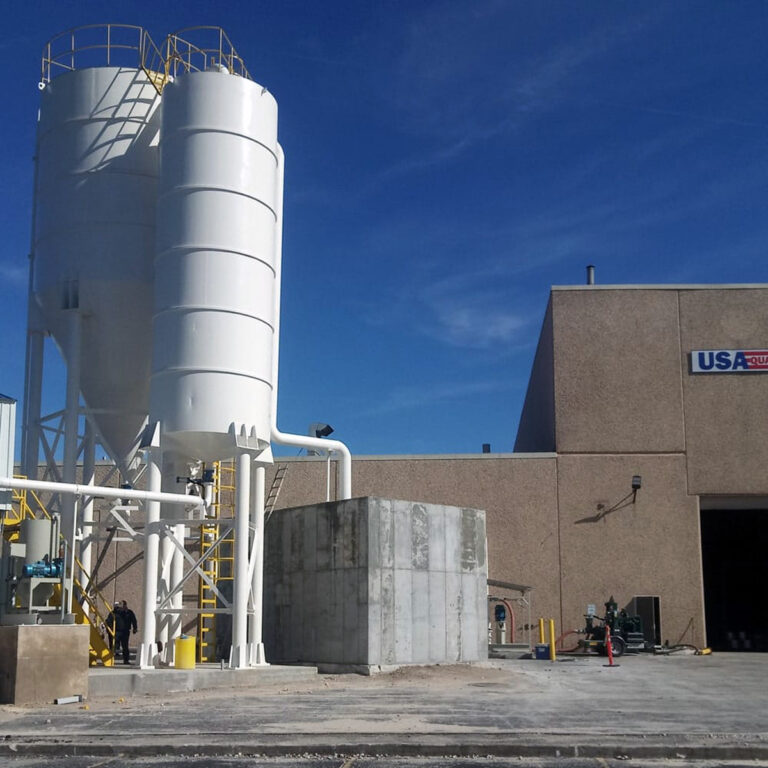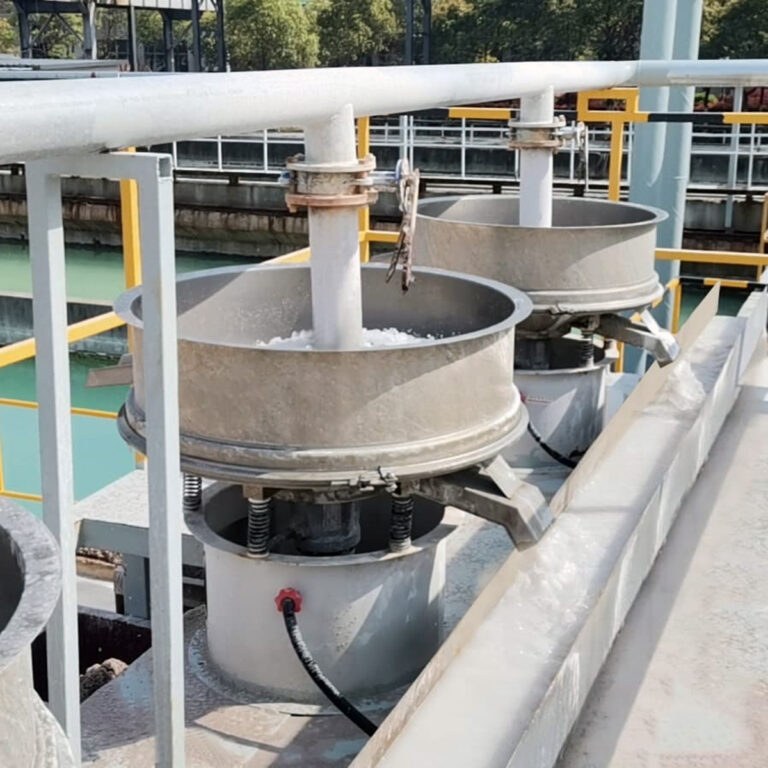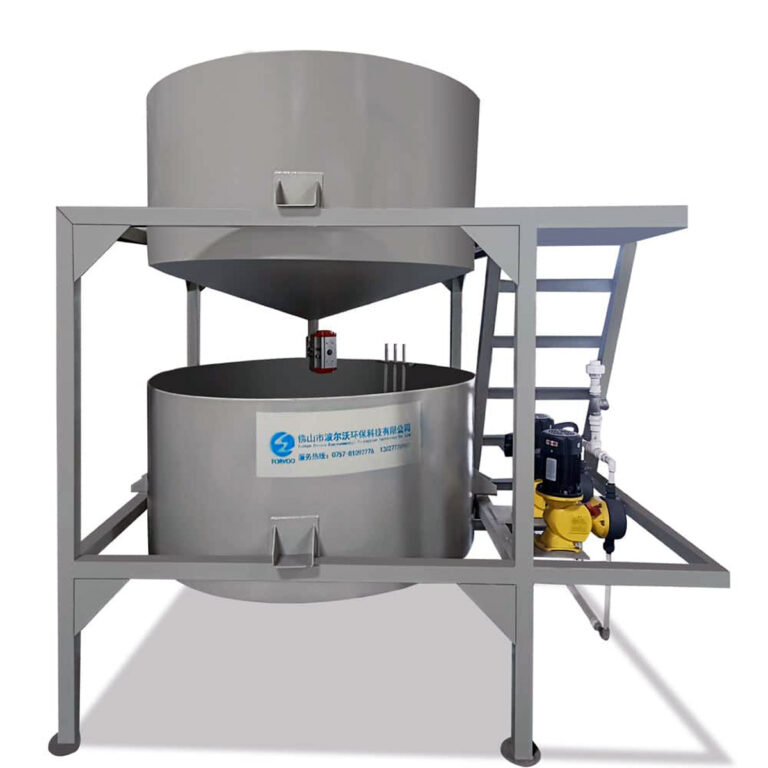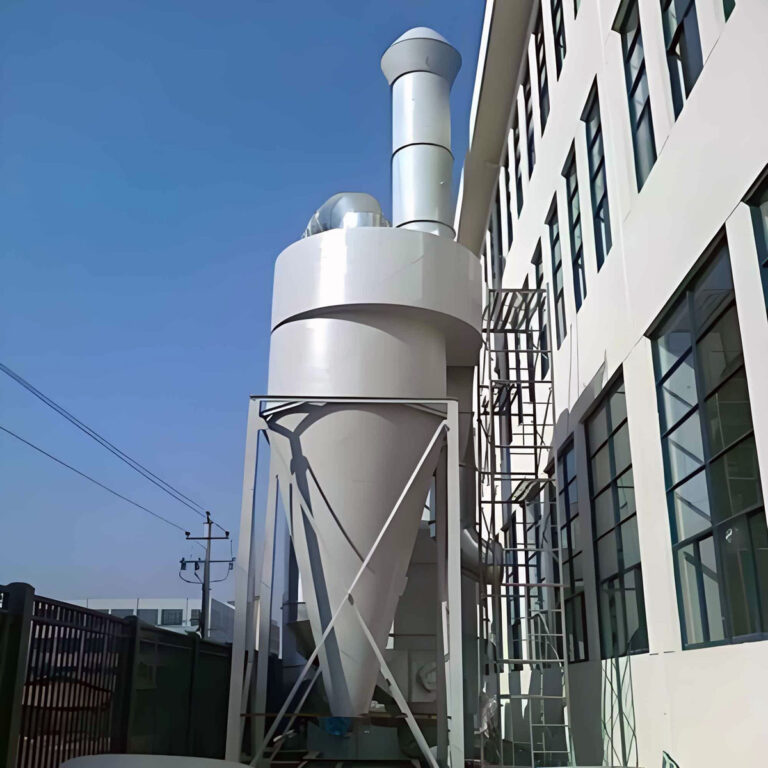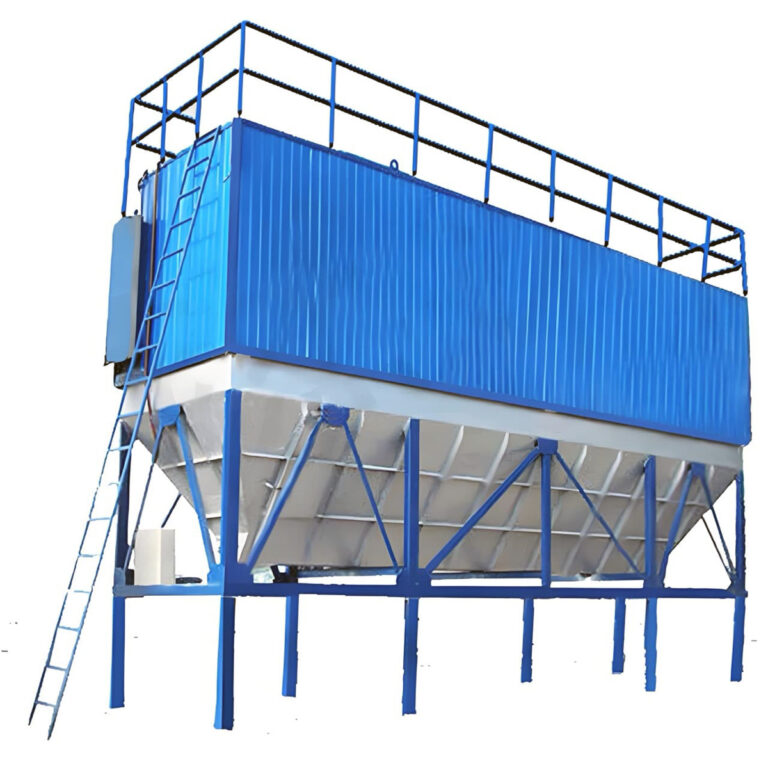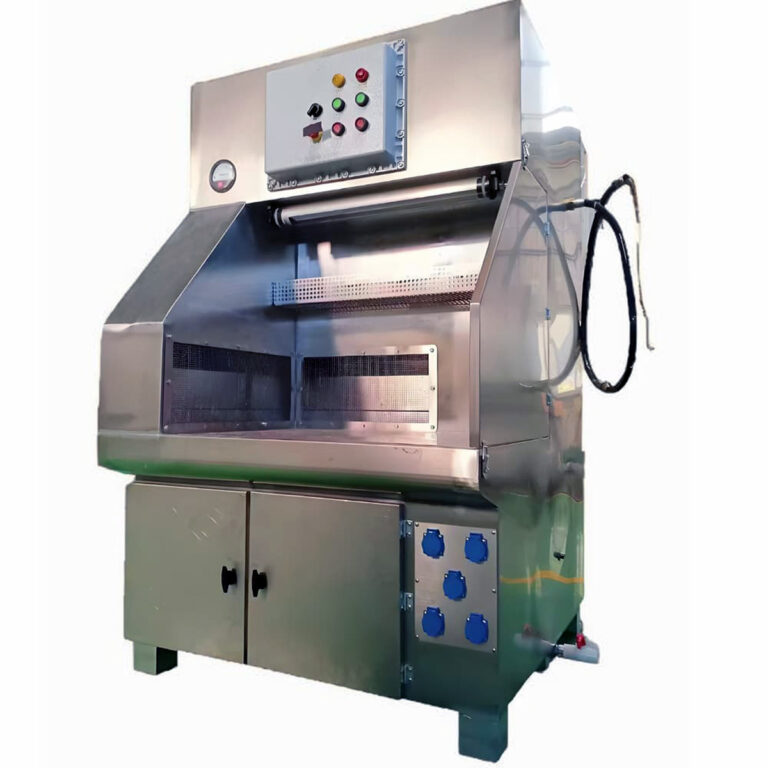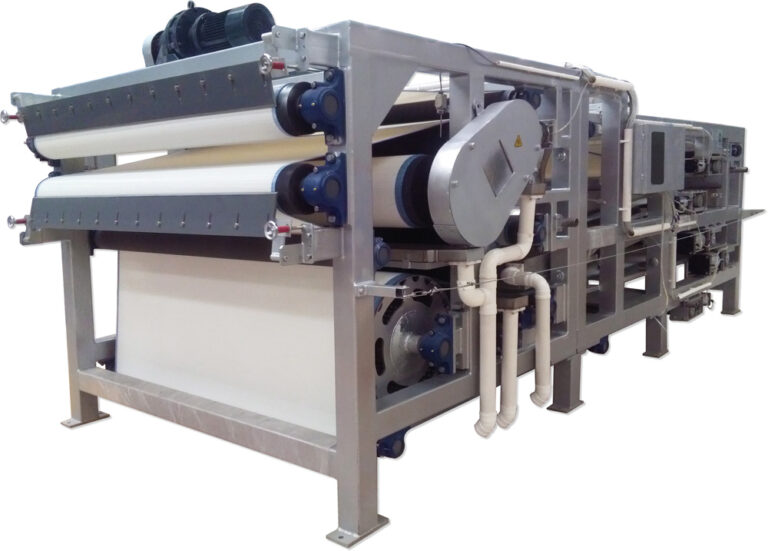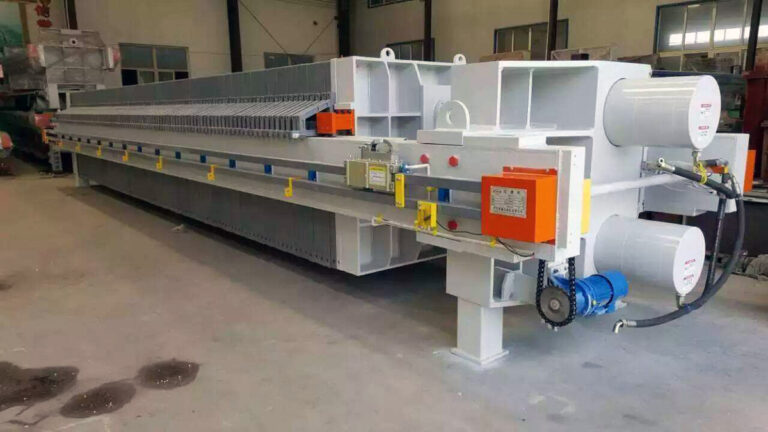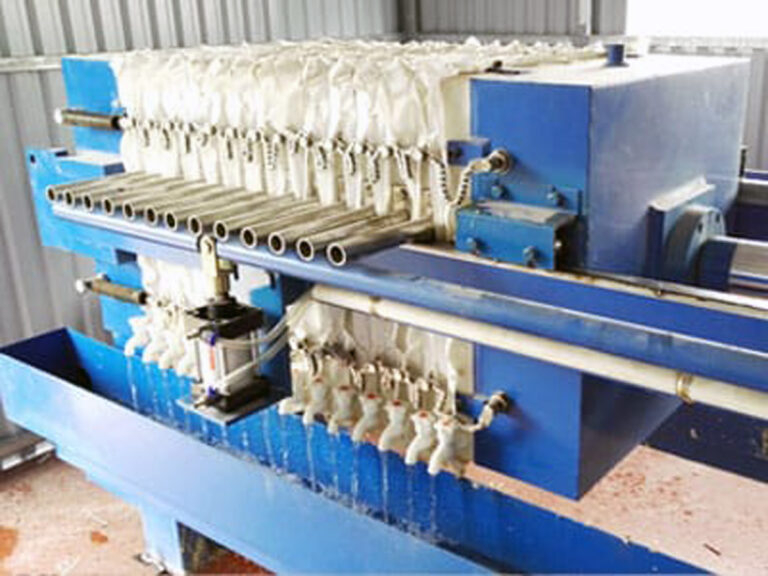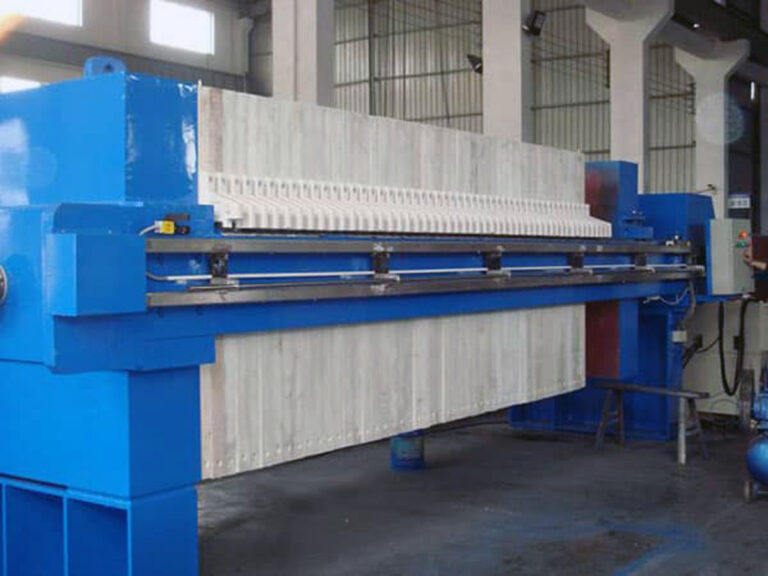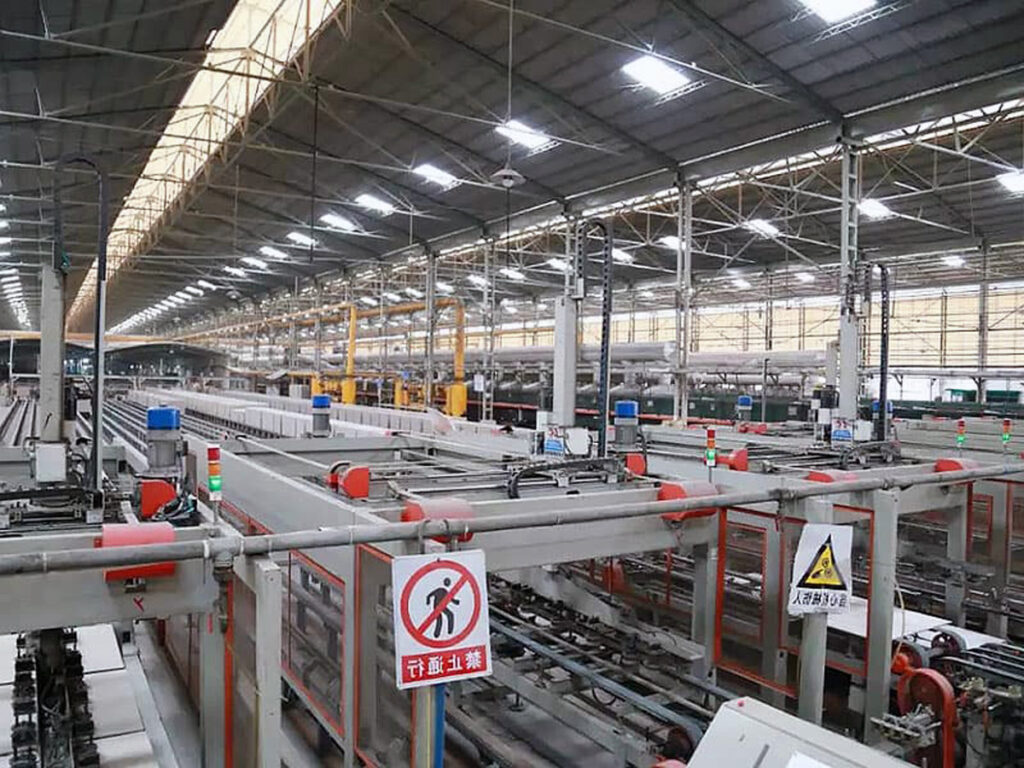In today’s competitive industrial landscape, manufacturers face mounting pressure to optimize their plate frame filter press operations while meeting increasingly stringent environmental regulations and cost-efficiency targets. The challenge extends beyond simple solid-liquid separation—companies must navigate complex filtration requirements, minimize waste disposal costs, and maintain consistent product quality across varying feed conditions.
Unfortunately, many facilities still rely on outdated filtration methods that result in excessive operational costs, inconsistent filter cake quality, and frequent downtime. These inefficiencies can cost manufacturers thousands of dollars daily through reduced productivity, increased maintenance expenses, and potential regulatory compliance issues.
This comprehensive guide examines how modern plate and frame filter press technology addresses these critical challenges, providing detailed insights into system selection, optimization strategies, and emerging industry trends. You’ll discover practical solutions for maximizing filtration efficiency while reducing operational costs and environmental impact.
What is a Plate Frame Filter Press and How Does It Work?
A plate frame filter press represents one of the most reliable and versatile solid-liquid separation technologies in industrial processing. PORVOO has observed that these systems consistently deliver superior performance across diverse applications, from mining operations to pharmaceutical manufacturing.
Core Components and Design Principles
The fundamental architecture consists of alternating plates and frames mounted on a sturdy frame structure. Filter plates feature recessed surfaces that accommodate filter cloth, while hollow frames create chambers for slurry accumulation. This configuration enables efficient cake formation and dewatering through hydraulic pressure application.
Modern plate frame systems incorporate advanced materials and engineering improvements. Polypropylene plates offer exceptional chemical resistance, while cast iron or steel frames provide structural integrity for high-pressure applications. The filter cloth selection—ranging from monofilament to multifilament weaves—directly impacts filtration efficiency and cake release characteristics.
Filtration Cycle Mechanics
The filtration process follows a systematic four-stage cycle. Initially, slurry enters the press under controlled pressure, typically ranging from 100-225 psi. Liquid passes through the filter medium while solids accumulate, forming a progressive cake layer. During the washing phase, clean water removes residual impurities from the filter cake. Finally, compressed air assists in cake discharge and cloth cleaning.
| Cycle Stage | Duration | Pressure Range | Key Parameters |
|---|---|---|---|
| Filtration | 30-120 min | 100-225 psi | Flow rate, solids concentration |
| Washing | 10-30 min | 100-150 psi | Water volume, residence time |
| Drying | 5-15 min | 80-120 psi | Air pressure, moisture targets |
| Discharge | 5-10 min | Atmospheric | Cake thickness, cloth condition |
Which Industries Benefit Most from Frame Filter Press Applications?
Mining and Mineral Processing
Mining operations represent the largest application segment for industrial plate filters, where these systems process millions of gallons of slurry daily. Copper concentrate dewatering, iron ore tail filtration, and coal preparation facilities rely heavily on plate frame technology for efficient solid-liquid separation.
A recent copper mining operation in Chile achieved remarkable results using membrane-equipped plate frame systems. The facility increased solids recovery from 85% to 96% while reducing moisture content from 12% to 8%. This improvement translated to $2.3 million annual savings through reduced transportation costs and improved concentrate quality.
Chemical and Pharmaceutical Manufacturing
Chemical processing demands exceptional filtration precision and contamination control. Plate filter press systems excel in these environments, offering complete batch tracking and validated cleaning procedures. Pharmaceutical applications particularly benefit from the enclosed design, which prevents product contamination and enables sterile processing.
Food and Beverage Processing
The food industry increasingly adopts plate frame technology for juice clarification, wine filtration, and edible oil processing. These applications require food-grade materials and stringent sanitation protocols. Stainless steel construction and CIP (clean-in-place) capabilities make plate frame systems ideal for these demanding environments.
How to Select the Right Plate Filter Press Systems?
Capacity and Throughput Considerations
System sizing depends on multiple factors including feed rate, solids concentration, and desired cycle time. Engineers typically calculate filter area requirements based on specific cake resistance and target filtration rate. A general guideline suggests 1-3 square meters of filter area per cubic meter of slurry per hour, though actual requirements vary significantly based on material properties.
Membrane vs. Traditional Configuration
Membrane plate frame systems offer significant advantages over traditional designs. The inflatable membrane applies additional pressure during the final filtration stage, reducing cake moisture content by 20-30%. While membrane systems require higher initial investment, the improved dewatering often justifies the additional cost through reduced drying expenses.
| Feature | Traditional | Membrane |
|---|---|---|
| Initial Cost | Lower | Higher |
| Cake Moisture | 15-25% | 10-18% |
| Cycle Time | Standard | 10-15% longer |
| Maintenance | Simpler | More complex |
Automation and Control Integration
Modern industrial filtration systems incorporate sophisticated automation for optimal performance. Programmable logic controllers (PLCs) manage filtration cycles, monitor pressure differentials, and track key performance indicators. Advanced systems feature predictive maintenance capabilities that alert operators to potential issues before equipment failure occurs.
What Are the Key Performance Optimization Strategies?
Filter Cloth Selection and Management
Filter cloth represents the most critical consumable component in plate frame operations. Proper selection requires balancing filtration efficiency, cake release properties, and service life. Monofilament cloths offer superior cake release but may sacrifice fine particle retention. Multifilament options provide better clarification but require more frequent washing.
Regular cloth inspection and replacement scheduling prevents performance degradation. Industry best practices recommend tracking filtration rates, cake moisture content, and cloth tensile strength to optimize replacement intervals. Preventive replacement typically occurs every 500-1000 cycles, depending on application severity.
Hydraulic System Maintenance
The hydraulic system provides essential closing force and operates auxiliary functions. Proper maintenance includes regular oil analysis, filter replacement, and seal inspection. Hydraulic oil contamination represents a leading cause of system failure, making filtration and temperature control critical for reliable operation.
Process Parameter Optimization
Systematic optimization of operating parameters significantly impacts performance. Feed pressure, washing duration, and drying time require careful adjustment based on material characteristics and production requirements. Data logging systems enable operators to identify optimal parameter combinations for specific applications.
How Much Do Frame Filtration Equipment Systems Cost?
Initial Capital Investment
Plate frame filter press pricing varies dramatically based on size, materials, and automation level. Small laboratory units start around $50,000, while large industrial systems can exceed $500,000. Membrane-equipped systems typically cost 20-30% more than traditional configurations, though operational savings often justify the premium.
Operating Cost Analysis
Operating expenses include labor, utilities, consumables, and maintenance. Filter cloth replacement represents the largest consumable cost, typically ranging from $2,000-10,000 annually for industrial systems. Energy consumption depends on hydraulic system efficiency and cycle frequency, generally accounting for 15-20% of total operating costs.
Return on Investment Considerations
Most industrial facilities achieve payback periods of 2-4 years through improved product quality, reduced waste disposal costs, and increased processing capacity. A pharmaceutical manufacturer in Ireland reported 18-month payback after installing advanced plate frame systems, primarily through reduced product loss and improved batch consistency.
What Are the Common Challenges and Solutions?
Maintenance Requirements and Downtime
Plate frame systems require regular maintenance to sustain optimal performance. Cloth replacement, hydraulic system service, and plate reconditioning create scheduled downtime that impacts production. However, predictive maintenance strategies and spare equipment rotation can minimize disruptions.
Initial Capital Investment Barriers
The substantial upfront investment often challenges smaller operations. Leasing arrangements, phased implementation, and used equipment options provide alternative acquisition strategies. Many suppliers offer flexible financing to accommodate budget constraints while delivering required performance.
Operator Training and Skill Development
Effective operation requires skilled personnel who understand filtration principles and equipment nuances. Comprehensive training programs and ongoing education ensure optimal performance and equipment longevity. Remote monitoring capabilities increasingly enable expert support without on-site presence.
What Future Trends Are Shaping the Industry?
Automation and Digitalization
Industry 4.0 technologies are revolutionizing plate frame operations through advanced sensors, machine learning algorithms, and remote monitoring capabilities. Predictive analytics optimize filtration cycles while reducing energy consumption and maintenance costs.
Environmental Sustainability Focus
Growing environmental regulations drive demand for more efficient filtration systems. Advanced membrane technologies and energy recovery systems reduce environmental impact while improving operating economics. Zero liquid discharge applications particularly benefit from these innovations.
Material Science Advances
New filter media materials and plate coatings enhance performance for challenging applications. Nanofiber technologies and specialized surface treatments provide improved separation efficiency and extended service life.
Conclusion
Modern plate frame filter press technology offers proven solutions for diverse industrial solid-liquid separation challenges. These systems deliver consistent performance, operational flexibility, and long-term reliability across applications ranging from mining operations to pharmaceutical manufacturing. Key advantages include superior cake drying capability, complete batch control, and exceptional versatility in handling varying feed conditions.
The evolution toward automated, membrane-equipped systems provides significant operational benefits through reduced labor requirements, improved product quality, and enhanced process control. While initial investment considerations and maintenance requirements present challenges, the long-term economic and operational benefits typically justify the investment through improved efficiency and reduced operating costs.
For manufacturers seeking to optimize their filtration operations, careful system selection, proper maintenance protocols, and ongoing operator training remain essential for success. The future promises continued innovation in automation, materials science, and environmental sustainability, making plate frame filter press systems increasingly attractive for demanding industrial applications.
Consider your specific application requirements, processing goals, and budget constraints when evaluating filtration solutions. What unique challenges does your facility face that could benefit from advanced plate frame technology?
Frequently Asked Questions
Q: What is a Plate Frame Filter Press in industrial processing?
A: A Plate Frame Filter Press is an industrial device designed to separate solids from liquids through pressure-driven filtration. It consists of alternating plates and frames clamped together, creating chambers where slurry is pumped in. The liquid passes through filter cloths covering the plates, leaving solid particles trapped and forming a filter cake. This process is widely used in industries such as wastewater treatment, chemical production, and food processing to efficiently dewater sludge and recover clear filtrate.
Q: How does a Plate Frame Filter Press work during the filtration cycle?
A: The filtration cycle begins by pumping slurry into the filter press chambers. Pressure forces the liquid through filter cloths, which trap solid particles and allow only the liquid filtrate to exit. As solids accumulate, they form a filter cake on the cloth’s surface. Once filled, the hydraulic system applies additional pressure to compress and dewater the cake, increasing its dry solids content for easier handling or disposal. After the cycle, the filter cake is discharged and the press is prepared for the next batch.
Q: What are the key components of a Plate Frame Filter Press?
A: The main components include:
- A sturdy steel frame that holds and aligns the plates
- Filter plates and frames arranged alternately to form chambers
- Filter cloths covering the plates to separate solids from liquids
- Hydraulic closing mechanism to clamp and apply pressure
- Manifold and valves to collect and direct filtrate
- Drip tray and cake discharge area for solid removal
These components work together to ensure effective filtration and ease of operation.
Q: What benefits does a Plate Frame Filter Press offer in industrial applications?
A: Benefits include:
- High filtration efficiency with precise solid-liquid separation
- Ability to handle a wide range of slurry types and volumes
- Production of relatively dry filter cake, reducing disposal costs
- Adjustable pressure and filtration cycle for optimal performance
- Modular and scalable design suitable for many industries
These advantages make it a reliable solution for industrial processing needs.
Q: Are there limitations to using Plate Frame Filter Presses?
A: Yes, some limitations are:
- Batch operation can result in downtime during cake discharge
- Not ideal for slurries with very fine particles or low solid content without pre-treatment
- Requires manual or automatic intervention for cloth cleaning and cake removal
- Initial investment and maintenance may be higher compared to simpler filtration methods
Understanding these helps in selecting the right filter press for specific industrial processes.
Q: How can operating parameters be optimized for a Plate Frame Filter Press?
A: To optimize performance:
- Adjust feed pressure to balance filtration speed and cake dryness
- Select appropriate filter cloth material and pore size for slurry type
- Control cycle duration to avoid excessive cake buildup that reduces flow
- Maintain proper sealing and hydraulic pressure to prevent leaks
- Implement regular maintenance and cleaning schedules
Fine-tuning these parameters enhances filtration efficiency and equipment longevity.
External Resources
New & Used Filter Presses – Met-Chem – Offers plate frame filter presses for a variety of industrial processing applications, including plating, metal finishing, chemical, and food processing, with options for both manual and automatic closures.
Filter Press Plates Manufacturers and Suppliers in the USA and Canada – Thomasnet – Directory of manufacturers and suppliers offering filter press plates and complete filter press systems for industrial processing and water treatment in English-speaking regions.
Used Plate and Frame Filter Press For Sale | Surplus Record – Marketplace listing used plate and frame filter presses for industrial settings, detailing technical specifications and applications relevant to processing industries.
Filter Presses | Aurora, IL – D.R. Sperry – Overview of customizable filter presses, including plate and frame designs, for a wide range of industrial processing applications, with detailed product descriptions and manufacturing capabilities.
Industrial Filter Press – Plate and Frame Type | Hydropress Industries – Product page describing the operation, design, and applications of industrial plate and frame filter presses in chemical and food industries.
Filter Presses | McLanahan – Explanation of filter press working principles, advantages, and suitability for dewatering in industrial and processing environments, with focus on plate and frame configurations.
